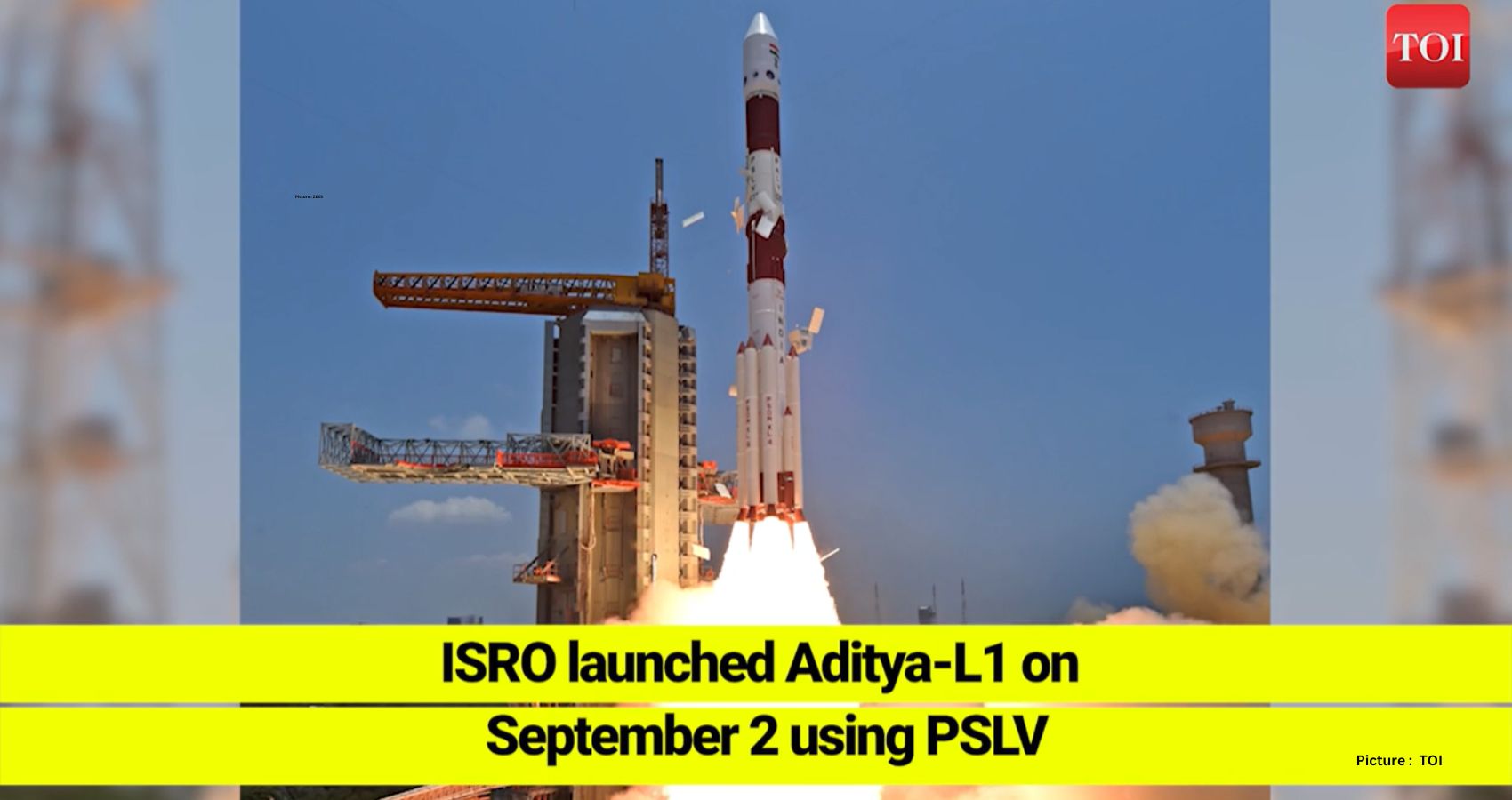On January 6, 2024, at approximately 16:00 Hrs (IST), the Indian Space Research Organisation (ISRO) achieved a significant milestone with the successful Halo-Orbit Insertion (HOI) of its solar observatory spacecraft, Aditya-L1. This final phase of the maneuver involved a brief firing of control engines, culminating in the spacecraft’s insertion into a periodic Halo orbit located around 1.5 million km from Earth on the Sun-Earth line.
The Aditya-L1 spacecraft is now positioned in a unique three-dimensional orbit at Lagrangian point L1, involving the Sun, Earth, and the spacecraft itself. This specific Halo orbit, with an orbital period of approximately 177.86 Earth days, was meticulously selected to ensure a mission lifetime of five years. The advantages of this strategic orbit include minimizing station-keeping maneuvers, reducing fuel consumption, and providing a continuous, unobstructed view of the sun.
The primary mission of Aditya-L1 is to observe and understand the chromospheric and coronal dynamics of the Sun in a continuous manner. Placing the spacecraft in a Halo orbit around L1 offers several advantages over a Low Earth Orbit (LEO), including a smooth Sun-spacecraft velocity change suitable for helioseismology, positioning outside the Earth’s magnetosphere for “in situ” sampling of the solar wind and particles, and enabling continuous observation of the Sun and Earth for seamless communication with ground stations.
The intricate process of Halo orbit insertion began as Aditya-L1 crossed the XZ plane in the Sun-Earth-L1 rotating system with the required orbital state. This insertion maneuver was crucial to nullify the X and Z velocity components and attain the required Y-velocity in the L1 rotating frame for the desired Halo orbit. The targeted parameters for Aditya-L1’s Halo orbit are Ax: 209200 km, Ay: 663200 km, and Az: 120000 km.
The insertion of Aditya-L1 into this Halo orbit represented a critical mission phase, demanding precise navigation and control. Constant monitoring and adjustments to the spacecraft’s speed and position were carried out using onboard thrusters. The success of this insertion not only highlights ISRO’s capabilities in complex orbital maneuvers but also instills confidence in handling future interplanetary missions.
Aditya-L1, designed and realized at the UR Rao Satellite Centre (URSC) with contributions from various ISRO centers, carries payloads developed by Indian scientific laboratories such as IIA, IUCAA, and ISRO. Launched on September 2, 2023, by PLSV-C57 from SDSC SHAR, Aditya-L1 initially entered an elliptical parking orbit (EPO) of 235.6 km by 19502.7 km. The spacecraft then embarked on a remarkable journey toward the Sun-Earth-L1 Lagrange point, progressively increasing its orbital size with the help of the onboard propulsion system.
During the Earth orbit phase, five liquid engine burns (LEB) were executed to raise the apogee of the EPO gradually. The fifth burn, known as the trans-L1 injection (TL1I) maneuver, played a crucial role in achieving the desired trajectory. To minimize incremental velocity addition (ΔV) and reduce exposure to the high radiation Van Allen belts, a careful maneuver strategy was implemented. Addressing errors during the TL1I phase, two short burns, TCM-1 on October 5, 2023, and TCM-2 on December 14, 2023, were conducted to ensure compliance with Halo orbit insertion condition parameters.
The spacecraft then underwent a cruise phase lasting approximately 110 days to reach the present condition before the targeted HOI on January 6, 2024. Throughout the pre-commissioning phase, all payloads were rigorously tested, confirming the satisfactory performance of each payload.
ISRO’s successful Halo-Orbit Insertion of Aditya-L1 not only marks a key milestone for India’s space exploration endeavors but also demonstrates the organization’s adeptness in executing intricate orbital maneuvers. This success paves the way for continued advancements in solar observation and sets a precedent for future interplanetary missions. As India continues to make strides in space exploration, Aditya-L1 stands as a testament to the nation’s growing prowess in the field of astrophysics and satellite technology.

